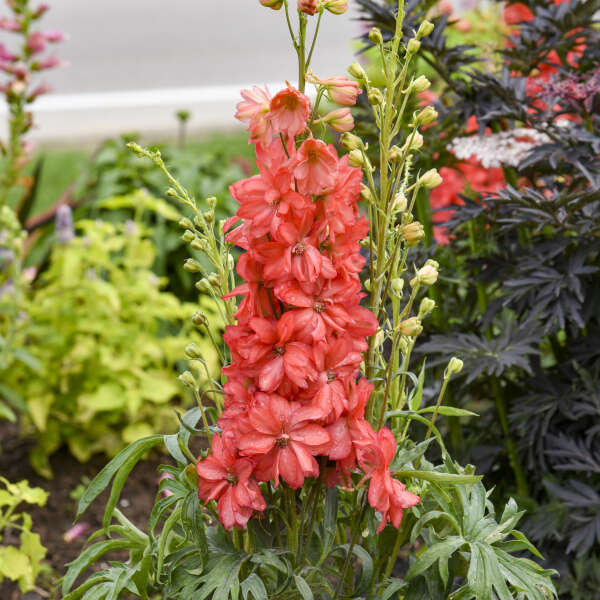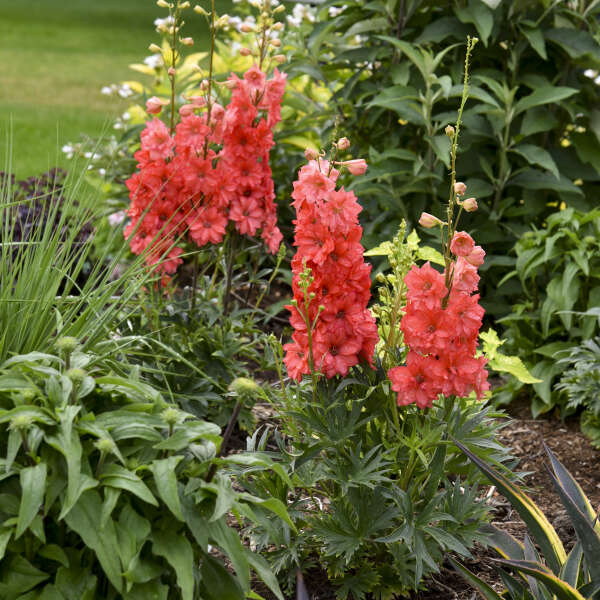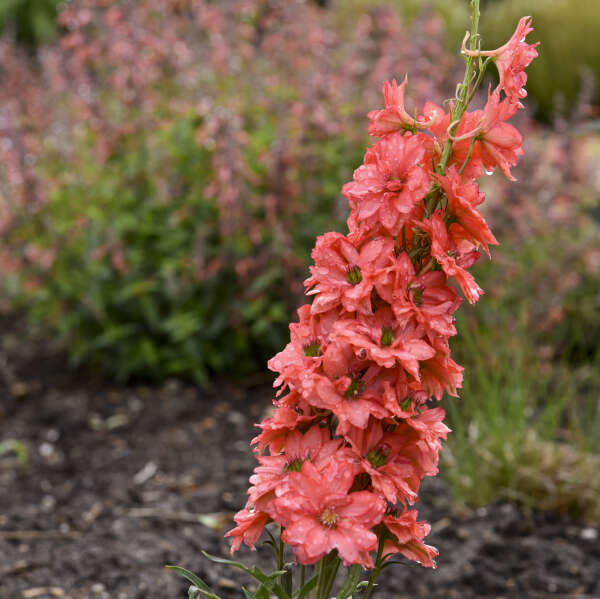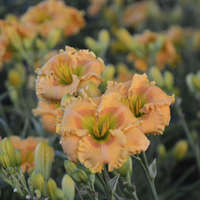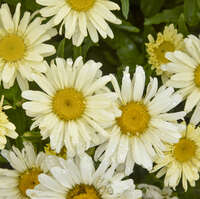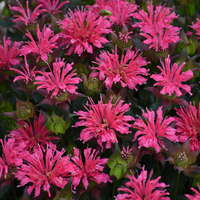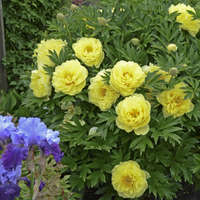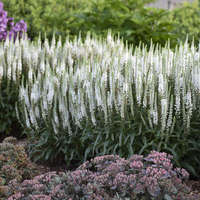Delphinium 'Red Lark' PP29761
Common Name: Delphinium, Larkspur
A uniquely colored Delphinium that must be seen to be believed! Coral-red flowers are held just above the foliage at a modest 2½' tall. This variety is produced from tissue culture and has perfect uniformity compared with seed strains. Stem length and branching makes them perfect for use as a cut flower. Foliage is glossy dark green.
Delphinium are a classic garden perennial. These plants are excellent for adding height to small spaces. Their tall flower spikes are easily recognizable when they come into flower in summer. When in flower, the spikes of these plants become heavy and should be staked to avoid toppling over in rough weather, especially taller varieties. Newer hybrids are longer lived than some of the more traditional cultivars.
